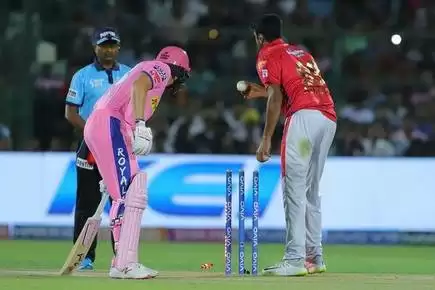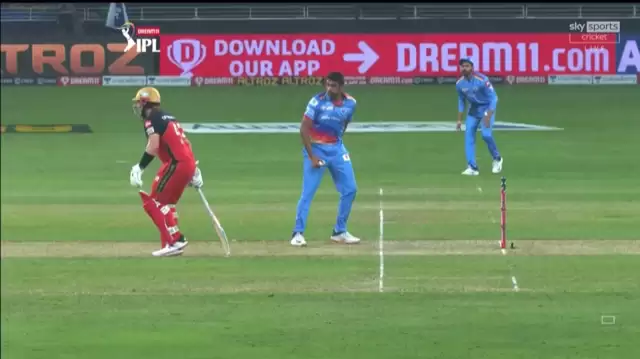
Cricket’s law-making body, the Marylebone Cricket Club (MCC), has approved multiple changes to the sport’s on-field regulations, with the most pertinent being the de-stigmatisation of running out the non-striker. The dismissal will no longer be seen as taboo by the end of this year, as it goes from being a part of the ‘Unfair Play’ […]

Cricket’s law-making body, the Marylebone Cricket Club (MCC), has approved multiple changes to the sport’s on-field regulations, with the most pertinent being the de-stigmatisation of running out the non-striker.
The dismissal will no longer be seen as taboo by the end of this year, as it goes from being a part of the ‘Unfair Play’ conditions to playing integral part of the run-out playing conditions.
In an updated code approved by MCC’s main committee this week, dismissing the non-striker for backing up too far will now be counted in Law 38, relating to run-out regulations, rather than Law 41 that pertains to unfair play. The switch and the rewording makes it just another run-out on the bowler’s part rather than a penalty for unfair act on the batter.
The tweak in the playing condition will come into effect from October onwards and is being seen as a substantial act in normalising the run-outs at the non-striker’s end, not a symbolic one. The MCC is keen to reinforce the form of dismissal as an integral part of its law book adopted at the international stage by ICC.
“The bowler is always painted as the villain but it is a legitimate way to dismiss someone and it is the non-striker who is stealing the ground. It is legitimate, it is a run-out and therefore it should live in the run-out section of the laws,” MCC Laws Manager Fraser Stewart told The Times.
Also Read – “I Am Not A Disgrace,” R Ashwin Responds To Eoin Morgan’s Criticism

MCC is set to uphold non-striker run-out as legal form of dismissal.
As per the law in relation to running out the non-striker, the batter at the other end is expected to stay within his crease till the point the bowler has not released the ball. If the batter steps outside before the ball is released, the bowler is legally allowed to inflict a run-out and trigger his downfall.
“If the non-striker is out of his ground from the moment the ball comes into play, to the instant when the bowler would normally have been expected to release the ball, the bowler is permitted to attempt to run him out,” the MCC rule book says.
The law-making body has always treated the bowler as the one upholding the law in such instances rather than someone who is being unfair to the batter. “The bowler is criticised for attempting such a run out but it is the batsman who is attempting to gain an advantage. The message to the non-striker is very clear – if you do not want to risk being run out, stay within your ground until the bowler has released the ball.”
The rule is simple enough to understand. But it has always been misinterpreted as some form of breach on the unwritten ‘Spirit of Cricket’ account by the wider populace, including even some of cricket’s prominent names.
Even the most widely celebrated figures came out in criticism of Indian spinner Ravichandran Ashwin for legally upholding the run-out law at the non-striker’s end during IPL 2019 when he sent back England’s Jos Buttler for trying to steal a run.
Ashwin faced the wrath of millions of fans over social media, some of whom even threatened his family and mercilessly trolled them. Not realising the mistake they are making, having not grasped the rule properly.
The commentators, who influence opinions outside, don’t help the case either, with their baffling inclination towards ‘Spirit of Cricket’ rather than actual laws written in cricket’s rule book.
Had the person behind the mic was more open-minded and made an effort to educate the audience about the rules in play, Ashwin would’ve been lauded, not decried, for giving Buttler the treatment he deserved for trying to steal those crucial inches.
In limited-overs cricket, where teams are often separated by close margins, these inches amount to extra runs and threaten to unfairly tilt the scales in that non-striker and his team’s favour. It is time we understand this and denounce the batter, not the bowler, who is only upholding the law as it is written.